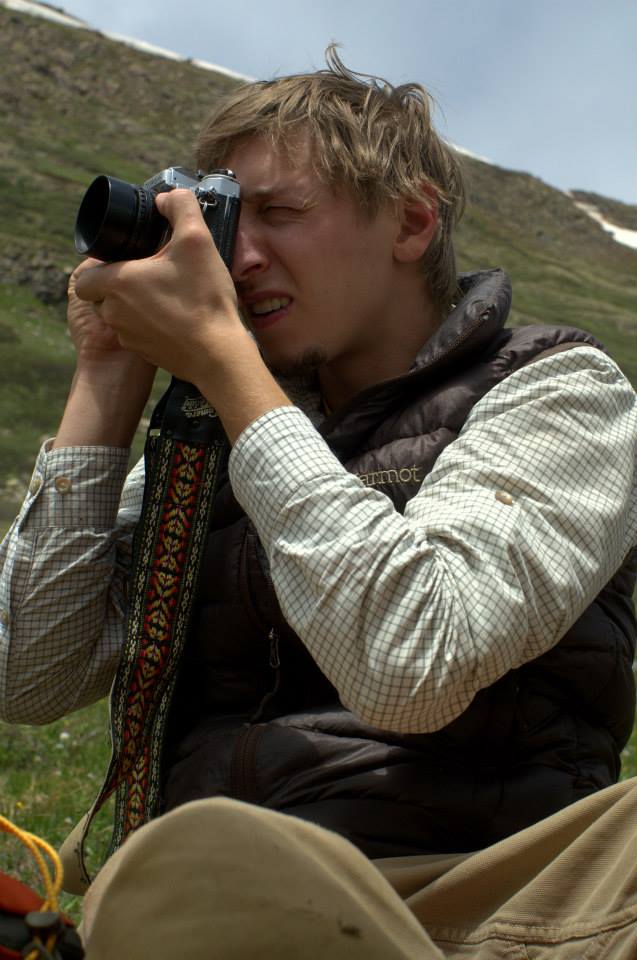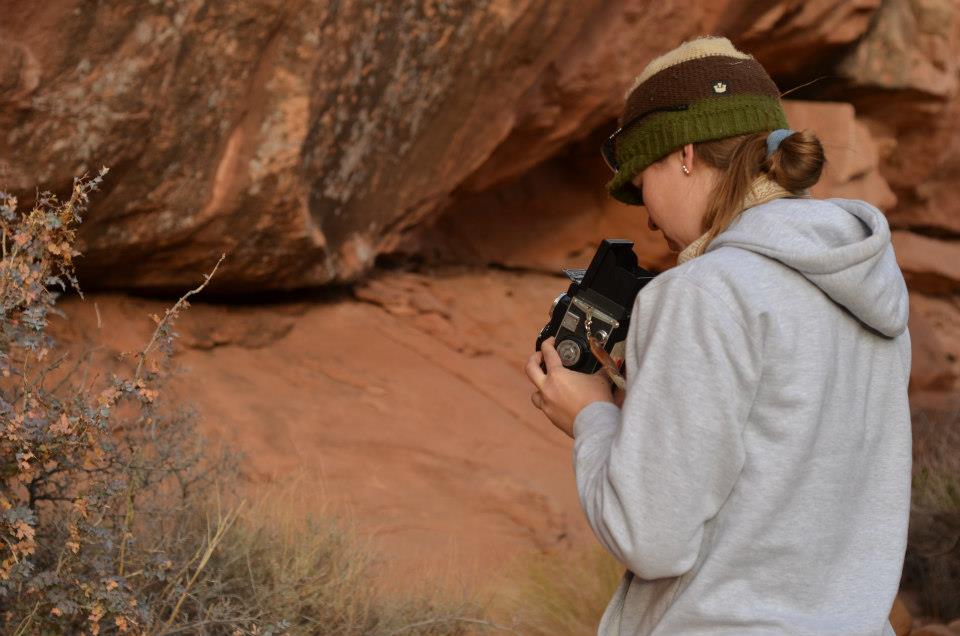Obsessions: Why I Shoot Film
“They still make film for that?”
Yes, yes they do. As sadly common as that question has become, equally disappointing is how quickly society embraces the new and discards the old. It was a mere ten years ago that companies like Kodak, Fuji Film, and Ilford were posting their all-time highest sales numbers of film. Like every bubble though, this too had to come to an end. Hindsight is 20/20, but it’s clear that the larger manufacturers were not prepared for the mass abandonment that would take place over the following decade.
Curiously, there’s still a dedicated core of users continuing to shoot with chemistry and silver. Similar to how the automobile took the horse from popular use and turned it into a proud and loyal hobby, the introduction of the digital camera put the film camera back into the hands of fewer, albeit highly dedicated practitioners. Being a member of this group I suppose I can lend some insight into the why of the question: why continue to shoot film?

Without delving into the economics and marketing involved with the rapid digital transition, I would rather focus on the considerations one uses in determining the tools of their trade/hobby.Firstly, the items one owns or uses does not have to inform their identity (this is fetishism…no, not that type of fetishism). Just because one shoots a Leica does not make them a better photographer, nor should it say anything about their character. Now, with that disclaimer out of the way and without tying to appease the fanboys, here’s my brief explanation:
Recently here in Santa Fe there was a gathering of Porsches. Beautifully, they lined the Plaza and many visitors would take pictures, chat with the owners and overall enjoy seeing so many elite machines in one place at one time. Oddly, the vehicle that continually got the most attention was a Porsche 356A–a petite convertible and stupidly well kept. More than once you could hear people remark. “Boy, I’d love to own one of those”. Clearly, this car was special. Considering this, I wanted to approach these spectators and ask a simple question: which car is best? No doubt the new 911 GT3 RS is a phenomal car to both look at and drive, so why was the Speedster gathering so much attention? It’s not faster, quieter (or louder in this case), more efficient, more comfortable, particularly more rare. It wasn’t more reliable, easier to drive, or objectively more beautiful either. How do you define our draw to such a machine?
Character.
It’s as simple as that. Film has a different character than digital. There’s no doubt that digital photography can be technically superior and result in stunning images–I won’t take up argument there. Whether it’s dynamic range, color reproduction, noise/grain, ability to enlarge; it simply doesn’t matter. Once could argue those merits endlessly and they have been hashed out over and over again on web forums and in the galleries across the world. No, it’s not technically better, but I personally feel it gives the photo more character.

The character of film comes in many ways depending on the film, the camera, the chemistry, and the final print. I love underexposing and slightly overdeveloping to give dramatic grain and dark images. Yes, I can do this digitally, but the final output isn’t as unique to my eye. Whether it’s the grain or expanded midtone reproduction, film has a unique character that is difficult to reproduce otherwise. Even when mistakes are made, highlights and shadows can mostly be recovered and any imperfections is part of the craft, just like how that Porsche is known for oil leaks, so are light leaks or other small imperfections in film. That’s OK by me, the world isn’t clinically clean.
Aside from the unique character of film there’s one very important aspect of choosing film that I obsess over:
Cameras.
With names like Graflex, Leica, Ektar, Xpan, Rollei, Canonet, Pen, Tachihara, Mamiya–the names sound imaginary and fanciful. The variety of camera styles, lenses, and film formats make it a cornucopia of exploration in quality and beautiful pieces of worldwide manufacturing. For example, my go to systems at the moment include a Nikon FE, which is a beautiful silver SLR known for it’s incredible reliability, simplicity and massive viewfinder. It works like the day it was manufactured in 1978 and its all metal body and ability to shoot without a battery make it a joy to use. Likewise, the stunning Zone VI camera that I use for 4×5 is such a fine and high quality piece of handbuilt craftsmanship that it inspires one to confidently move slowly through the motions of shooting large format. The cherrywood and nickel plated brass hardware demands respectful use. And finally, Kim and I share a 1962 Yaschica LM. The twin lens reflex camera has nice heft, a gorgeous vertical viewfinder, and a lens that is equally sharp as it is buttery smooth. Also, the selenium powered light meter still works! Each camera is operated differently with the SLR being composed and exposed through the viewfinder, the Zone VI through the upside down image on the viewing glass, and the Yashica with it’s reversed image in it’s viewfinder. Why settle for the same thing everyday?

Alright, so maybe I’m wrong. There’s a distinct possibility that these are excuses. The harsh reality is that these explanations have more to do with nostalgia than anything truly consequential in the world of image capture. I’ll admit that, but let me provide one more piece of evidence justifying my motive for shooting film:
Process.
Sometimes how you do something is more important. I like that film slows me down and forces me to shoot less and consider my shots more precisely. I like that even with the best practices I know, sometimes I can still make mistakes with surprising outcomes. I like that not everyone is shooting the same camera and same film. I like that I have over 100 years of photo technology at my disposal. Mostly though, I love using my hands in creating my images. The physical engagement with the process is important. We can all play Dance Dance Revolution, but I bet you’d rather take a girl by the hand and spin on the dance floor No matter what, I will forever prefer to waving my hands under an enlarger to dodge and burn or to mix chemistry, watch the colors change, and finally see the print appear in the developer. Nothing can ever replace slowly watching highlights bleach in fixer or shadows deepen in toner. No, even if the end result is identical and even if it took 1/15th the time to do it digitally, I will forever prefer the wet process image. It’s hand made, it has my physical signature and my sweat, tears, and dark hours burned into it’s emulsion.
That’s why I continue to shoot film.
2 Replies to “Obsessions: Why I Shoot Film”
Mesmerizing and such poetic prose for the love of this area! I had to read every last word and view every photo! I can’t wait to do a little exploration of the area in the near future!
Is that a K-1000? How odd, I was just thinking about how much I loved that camera… or, if I’m misremembering the model, one an awful lot like it. My dad used to shoot slides with one, and then I used one a bunch in high school for yearbook and sports shooting. Odd to come across this particular post, as I was just thinking about the plausibility of whether it would be realistic to scrounge one up and shoot film again… Thanks for the food for thought – and the stunning pics!